1. J.R. Ewing – Dallas
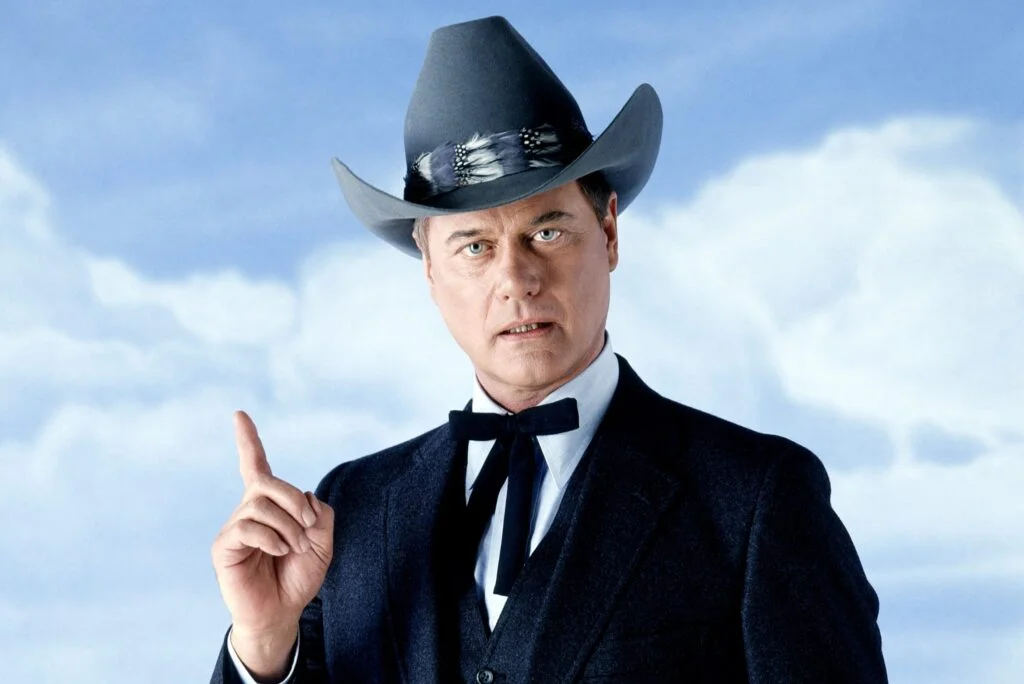
J.R. Ewing was the quintessential villain, hiding behind a charming, smooth-talking exterior that made him one of the most iconic characters of the ’80s. He was the ruthless oil tycoon whose every move seemed to be driven by greed and power. While he often appeared as a dashing, well-dressed businessman, beneath the surface was a manipulative mastermind, pulling strings and causing chaos for anyone who stood in his way. His manipulative ways were often disguised as business savvy, and his actions frequently left the people around him reeling.
What made J.R. truly compelling, though, was his complex character. He wasn’t just a mustache-twirling villain; he was a product of a cutthroat world, making him both fascinating and terrifying. J.R.’s ability to feign vulnerability and charm his way through sticky situations made him one of TV’s most memorable antiheroes. Whether scheming to steal his brother’s share of the family business or orchestrating elaborate betrayals, J.R. was a master of deception, making him the ultimate villain in disguise.
2. Alexis Carrington – Dynasty
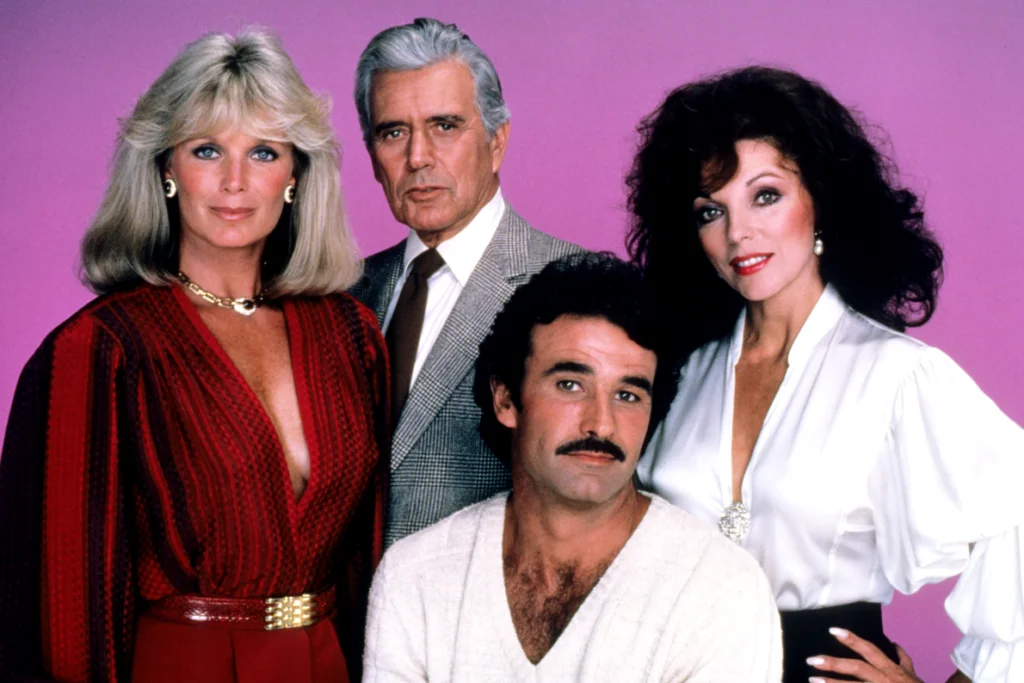
Alexis Carrington was the glamorous, sophisticated socialite everyone loved to hate on Dynasty. While she appeared to be just a high-society woman dealing with the ups and downs of a wealthy family, her true nature was far more sinister. With her perfect hair and designer gowns, Alexis presented herself as a victim of her ex-husband Blake’s tyranny, but in reality, she was a calculating mastermind who manipulated everyone around her for personal gain. Whether she was plotting to destroy Blake’s empire or scheming to steal the love interests of those around her, Alexis was a villain in disguise.
The brilliance of Alexis as a character was in how she balanced the allure of being a glamorous and powerful woman with her darker, more conniving nature. Her ability to use her charm and wealth to mask her true intentions made her even more dangerous. She wasn’t just a schemer; she was a woman ahead of her time in terms of power, manipulation, and the art of disguise, making her one of the most unforgettable villains of the ’80s.
3. Sue Ellen Ewing – Dallas
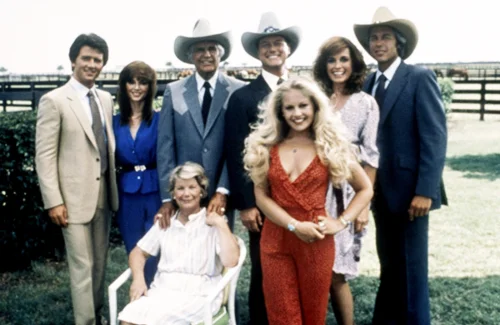
Sue Ellen Ewing was more than just J.R.’s long-suffering wife on Dallas—she was a woman trapped in a marriage with a villain, and her character slowly transformed into one herself. At first, Sue Ellen appeared to be the dutiful wife, playing the part of the rich, neglected woman. But beneath that image, she was a complex character who struggled with her own demons, especially alcohol addiction, which only further fueled her manipulative behavior. Over time, Sue Ellen evolved into a master of manipulation, using her charm and vulnerability to get what she wanted from those around her.
Her transformation into a villain was subtle but undeniable, as she used her intellect and social status to play both sides of the game. Sue Ellen’s motivations were never just about power; they were about reclaiming her self-worth and her place in a world that had long diminished her. As much as viewers rooted for her, it was impossible to ignore the darker side of her character that made her just as much of a villain as J.R.
4. Angela Channing – Falcon Crest

Angela Channing was the matriarch of Falcon Crest, and her picture-perfect persona as the head of a wealthy vineyard empire hid a much more sinister side. On the surface, she was a sophisticated woman who simply wanted to protect her family, but her actions were driven by greed, envy, and a thirst for power. Angela’s ruthless tactics included everything from manipulating her children to orchestrating backroom deals that left enemies in ruins. She was a master of playing the long game, often using her charm and influence to get her way without anyone realizing the true extent of her deviousness.
What made Angela stand out as a villain was how she blended her personal and professional lives into one intricate web of manipulation. Unlike other villains who were overtly villainous, Angela’s ability to remain composed and seemingly benevolent made her treacherous. She was a woman who could turn the tables in an instant, and that made her one of the most dangerous characters of the ’80s.
5. Vicki Grant – The Ropers
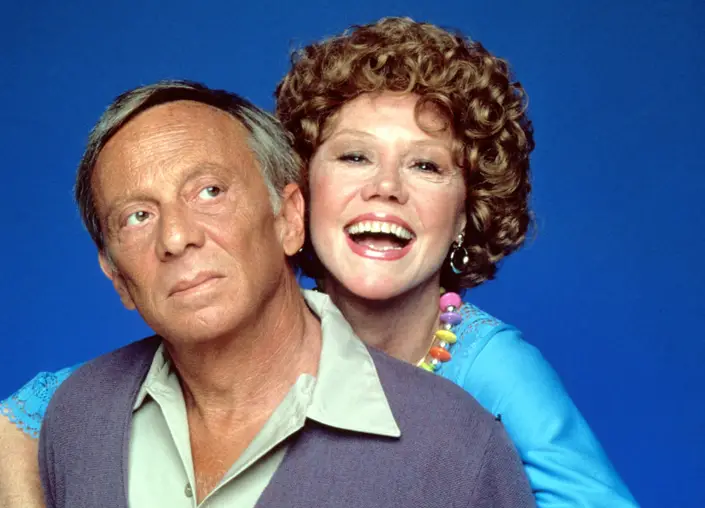
At first glance, Vicki Grant seemed like a typical charming wife trying to navigate life in The Ropers, but her character had a hidden edge that made her a villain in disguise. She was always the sweet and supportive spouse, playing the role of the perfect housewife. However, beneath her calm demeanor, Vicki had a manipulative side that she used to get her way. From using her husband’s gullibility to influence situations to hiding her true feelings behind a mask of sweetness, Vicki’s actions often led to moments of chaos for those around her.
Vicki’s true villainy came through when she revealed just how much control she wielded over her family and friends. Her quiet, yet strategic, approach to manipulating those closest to her made her one of the most unsuspecting villains in television history. It was this mix of innocence and scheming that made her such a fascinating and dangerous character.
6. Angel – Buffy the Vampire Slayer
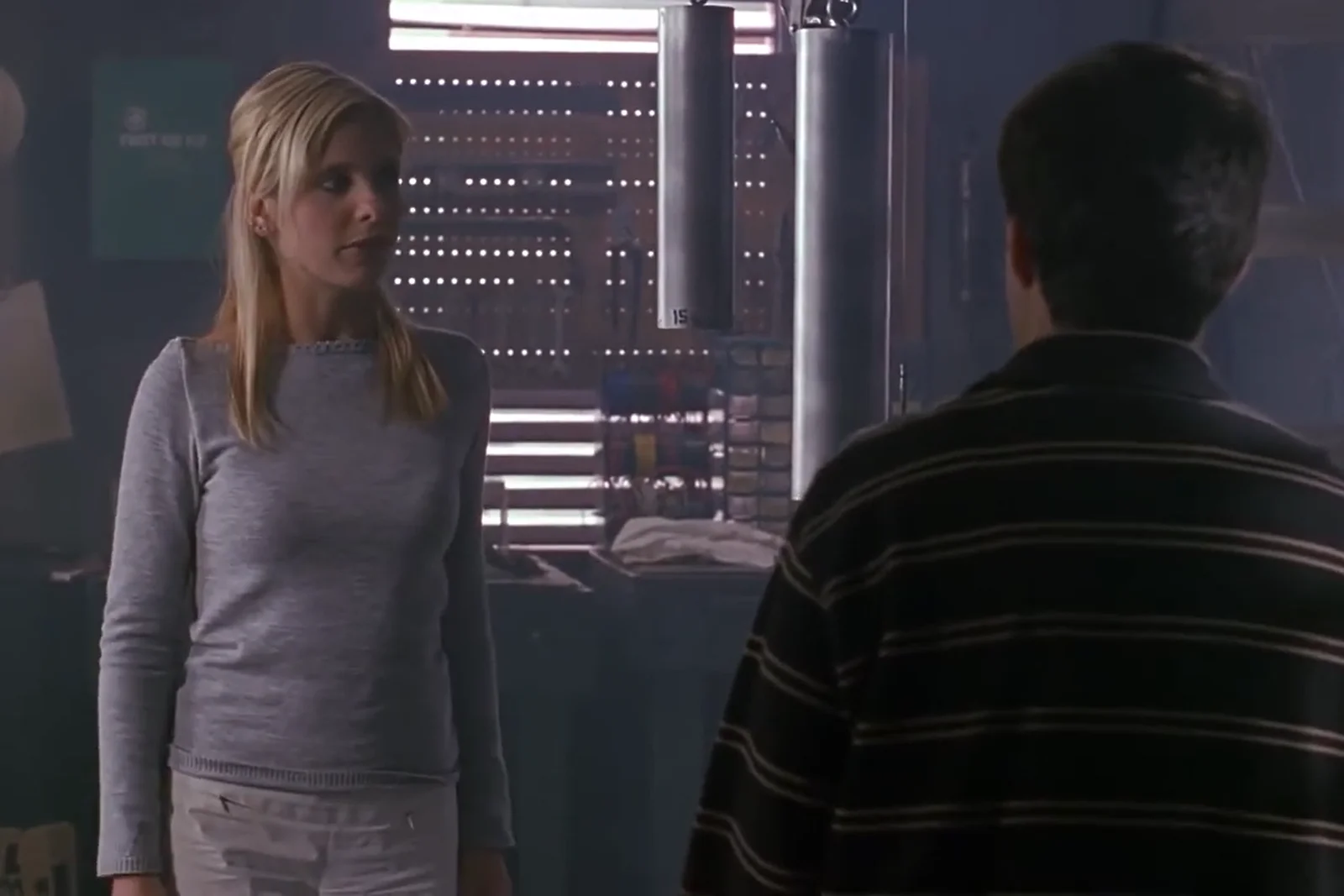
Angel’s character on Buffy the Vampire Slayer was one of the most compelling examples of a villain in disguise. For much of the early seasons, he appeared to be a brooding, mysterious love interest for Buffy, with his dark, tortured past making him seem like the perfect romantic hero. But Angel’s backstory revealed a darker truth—he was once a vicious vampire named Angelus, responsible for countless horrors. While he redeemed himself by helping Buffy, his struggles with his past were a constant reminder of his inner villainy.
Angel’s greatest villainous trait was his internal conflict. He was never entirely free of the darkness that lingered within him, and as much as he fought for redemption, it was clear that his past actions would always haunt him. This duality made him one of the most complex and intriguing characters on the show, blurring the lines between hero and villain in ways that left fans questioning whether redemption was truly possible.


